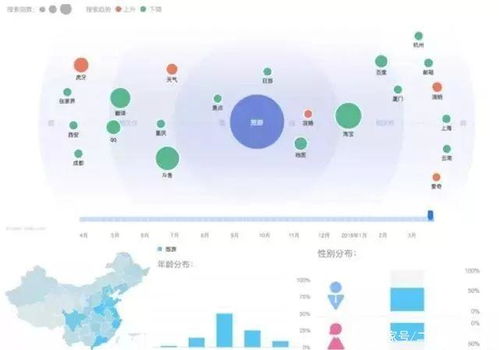有关电商的调查问卷
Title: Crafting a Comprehensive Ecommerce Survey
Introduction
Ecommerce surveys play a crucial role in understanding consumer behavior, preferences, and satisfaction levels in the online marketplace. Crafting an effective ecommerce survey requires careful consideration of various factors to ensure the collection of meaningful data. Below is a comprehensive guide on creating a welldesigned ecommerce survey tailored to your business needs.
1. Define Survey Objectives
Before creating the survey, clearly outline the objectives you aim to achieve. Whether it's understanding customer preferences, evaluating user experience, or identifying areas for improvement, defining clear objectives will guide the survey design process.
2. Select Survey Methodology
Choose the most suitable survey methodology based on your target audience and research goals. Options include online surveys, email surveys, phone interviews, or a combination of methods. Online surveys are often preferred for ecommerce businesses due to their ease of distribution and costeffectiveness.
3. Design Survey Questions
Craft concise, clear, and unbiased questions that address your objectives. Divide questions into sections such as demographics, shopping habits, product preferences, and satisfaction metrics. Utilize a mix of multiplechoice, Likert scale, and openended questions for comprehensive data collection.
4. Include Demographic Questions
Gather demographic information such as age, gender, location, income level, and education to segment responses and gain insights into different customer groups' preferences and behaviors.
5. Assess Shopping Behavior
Inquire about participants' shopping habits, including frequency of online purchases, preferred product categories, average order value, and preferred payment methods. Understanding shopping behavior helps tailor marketing strategies and product offerings.
6. Evaluate User Experience
Include questions related to the website or app interface, ease of navigation, product search functionality, checkout process, and overall satisfaction with the user experience. Feedback on user experience is invaluable for optimizing website design and enhancing customer satisfaction.
7. Measure Customer Satisfaction
Incorporate questions to gauge customer satisfaction with various aspects of the ecommerce experience, such as product quality, delivery speed, customer service responsiveness, and return/exchange policies. Use Likert scale questions to quantify satisfaction levels.
8. Collect Feedback on Specific Features
If applicable, gather feedback on specific features or services offered, such as loyalty programs, product recommendations, customer reviews, or personalized shopping experiences. Assessing feature satisfaction helps prioritize improvements and innovations.

9. Include OpenEnded Questions
Provide participants with opportunities to express opinions, suggestions, and concerns through openended questions. Qualitative feedback offers deeper insights into customer perceptions and can uncover unmet needs or pain points.
10. Test and Refine the Survey
Before deployment, conduct a pilot test with a small sample group to identify any ambiguities, redundancies, or technical issues in the survey. Make necessary revisions based on feedback to ensure the survey's clarity and effectiveness.
11. Ensure Accessibility and Privacy Compliance
Ensure the survey is accessible across different devices and platforms to maximize participation. Additionally, prioritize data privacy and comply with relevant regulations such as GDPR or CCPA to protect participants' personal information.
12. Distribute the Survey
Choose appropriate channels to distribute the survey, such as email newsletters, social media platforms, website popups, or targeted advertising campaigns. Clearly communicate the survey's purpose and incentivize participation if necessary.
13. Analyze and Interpret Results
Once data collection is complete, analyze survey responses using statistical tools or data analysis software. Identify patterns, trends, and correlations to derive actionable insights. Interpret findings in the context of your objectives to inform strategic decisionmaking.
14. Implement Findings and Iterate
Utilize survey findings to make datadriven decisions and implement necessary changes to enhance the ecommerce experience. Continuously monitor performance metrics and iterate the survey process to adapt to evolving consumer preferences and market trends.
Conclusion
Creating a wellcrafted ecommerce survey empowers businesses to gain valuable insights into customer behavior, preferences, and satisfaction levels. By following the steps outlined above and continuously refining the survey process, ecommerce businesses can optimize their operations, improve customer experiences, and drive growth in the competitive online marketplace.
This comprehensive guide serves as a roadmap for designing an effective ecommerce survey tailored to your business objectives. By following these steps, you can gather actionable insights to enhance your ecommerce platform and drive business success.









